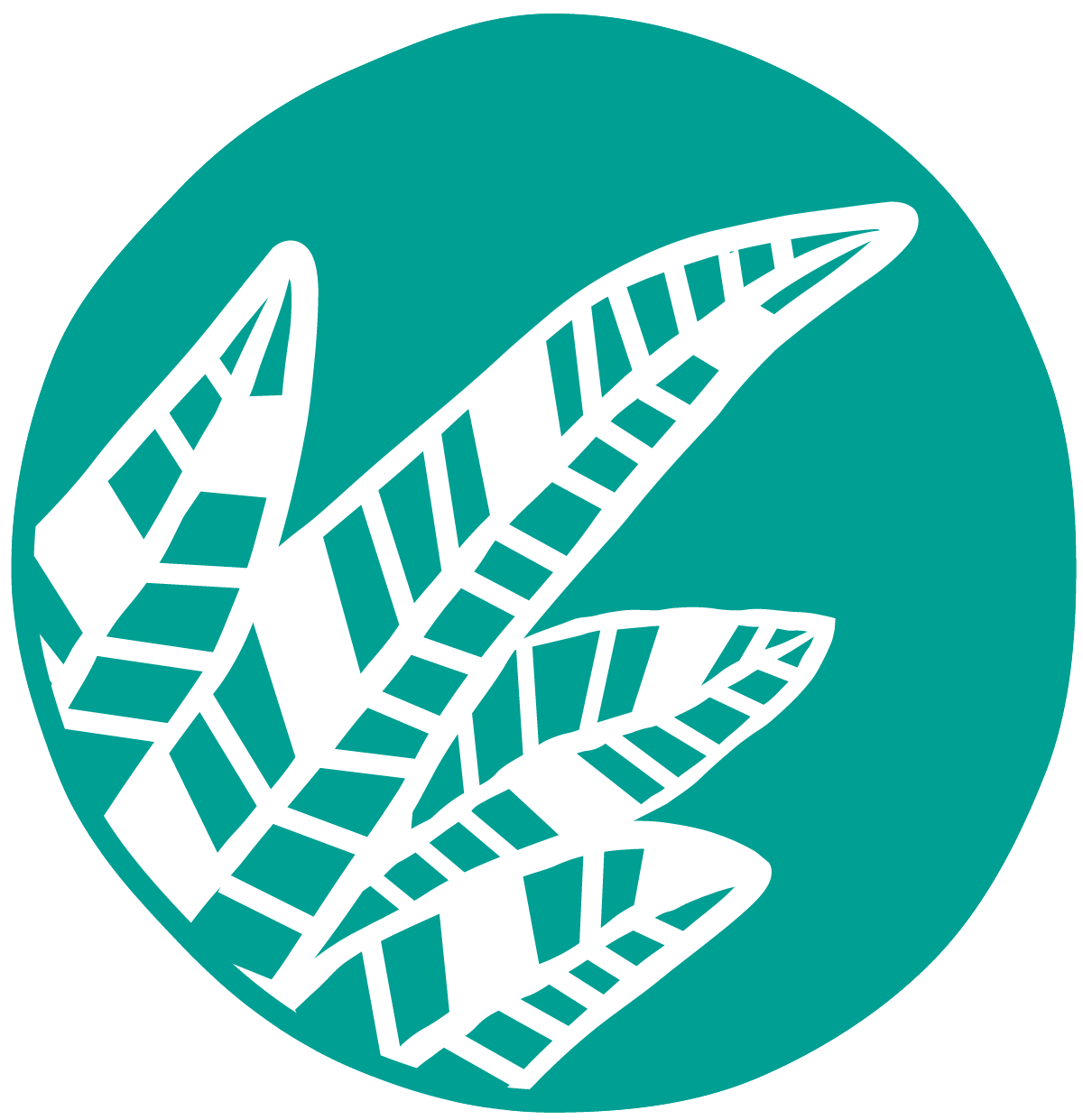Narrative
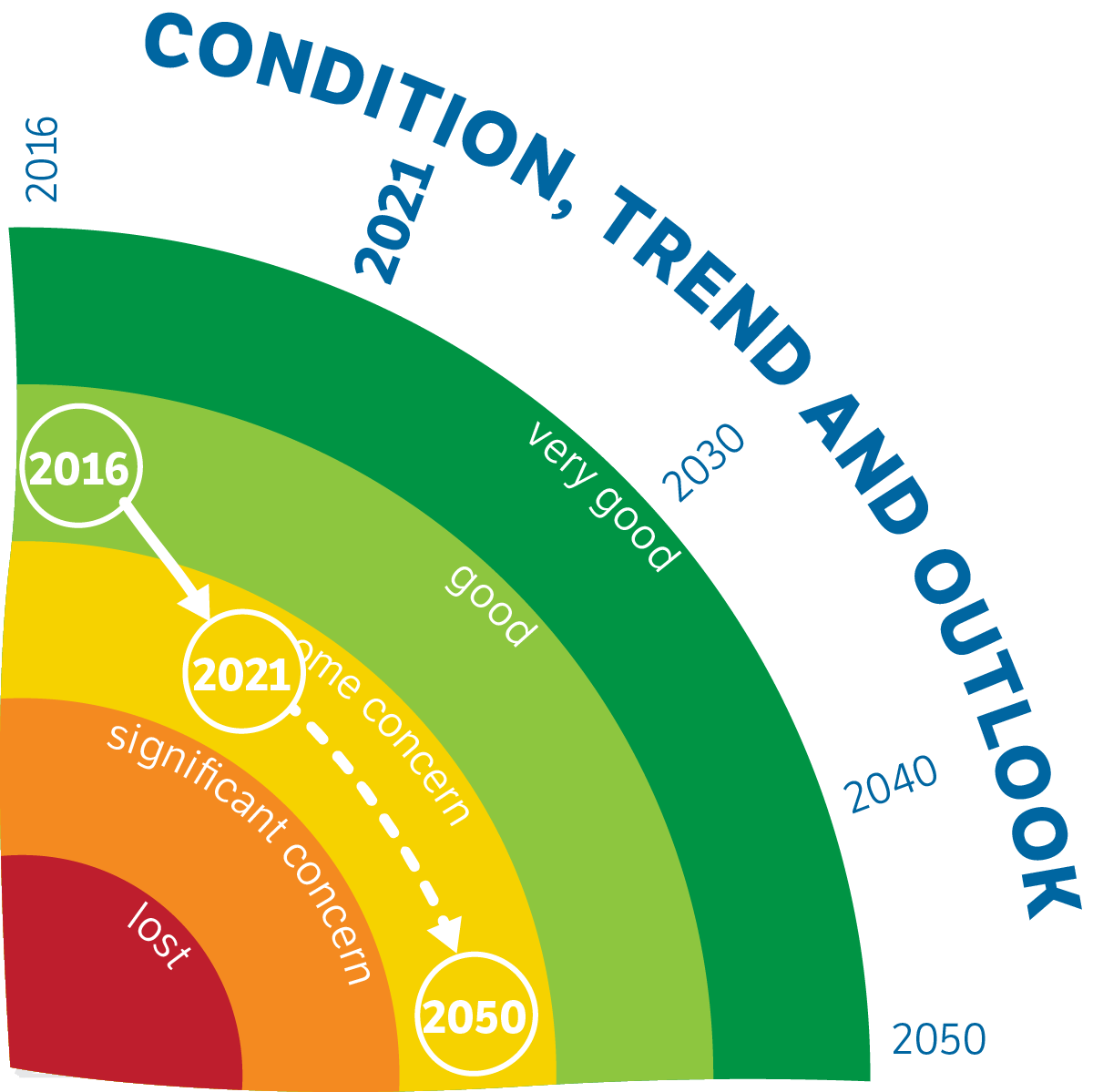
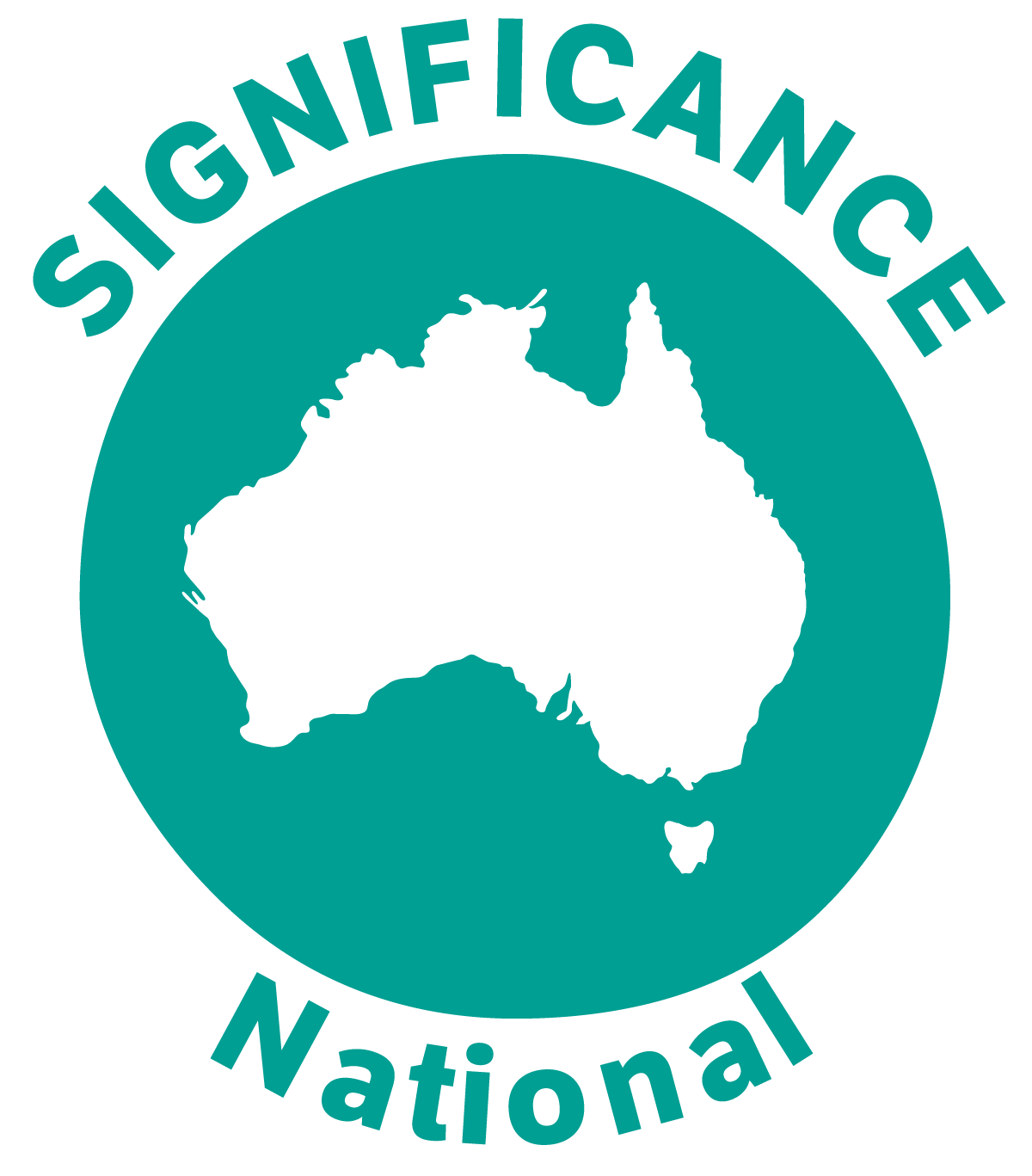
The 300+ islands of Torres Strait were formed through a variety of coastal and geomorphic processes, and contain some of Australia’s most iconic flora and fauna. From a global perspective, the islands of Torres Strait are significant dispersal and migratory steps for flora and fauna between Australia and New Guinea.
Island land ecosystems are shaped by generations of continuous traditional land use across the four island types (continental, coral cay, mud and volcanic). As such, there is significant variation across the region, and each island forms its own unique biocultural landscape. The health and resilience of these landscapes is of critical importance to the people of Torres Strait. The composition, significance, and management needs of Torres Strait terrestrial ecosystems within these landscapes are well documented, and there is a depth of local knowledge about how best to manage the islands. Nevertheless, there are knowledge gaps which have been identified.
As human-managed biocultural landscapes, the land ecosystems of Torres Strait are in various states of condition. Condition is influenced by multiple factors and impacts are varied. Some landscapes remain intact, stable and functional due to a long and continued history of sustainable management coupled with remoteness. Others are in various states of transition in response to complex inter-relationships around changing land use, recovery from historic impacts, or
current and emerging threats. These threats include degradation by weeds and pest animals, changes in traditional land use, loss of cultural fire practices, loss of vegetation cover and habitat through coastal erosion and seawater inundation from climate change. Saline contamination of ground water is of concern
to some island communities and landscapes. Effective threat management requires collaboration among people with in-depth local knowledge and scientists with expertise in threat management.
What is already happening?
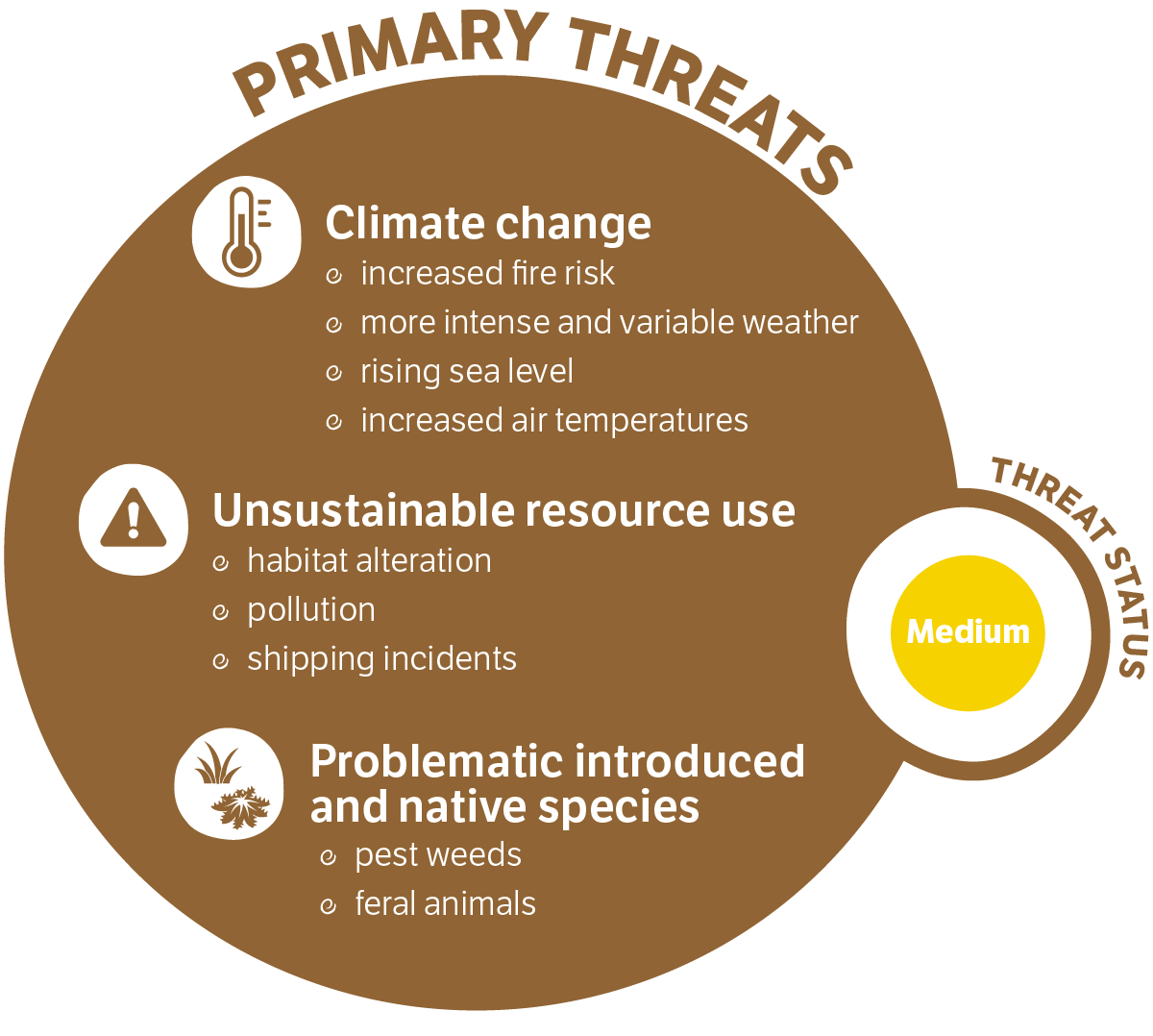
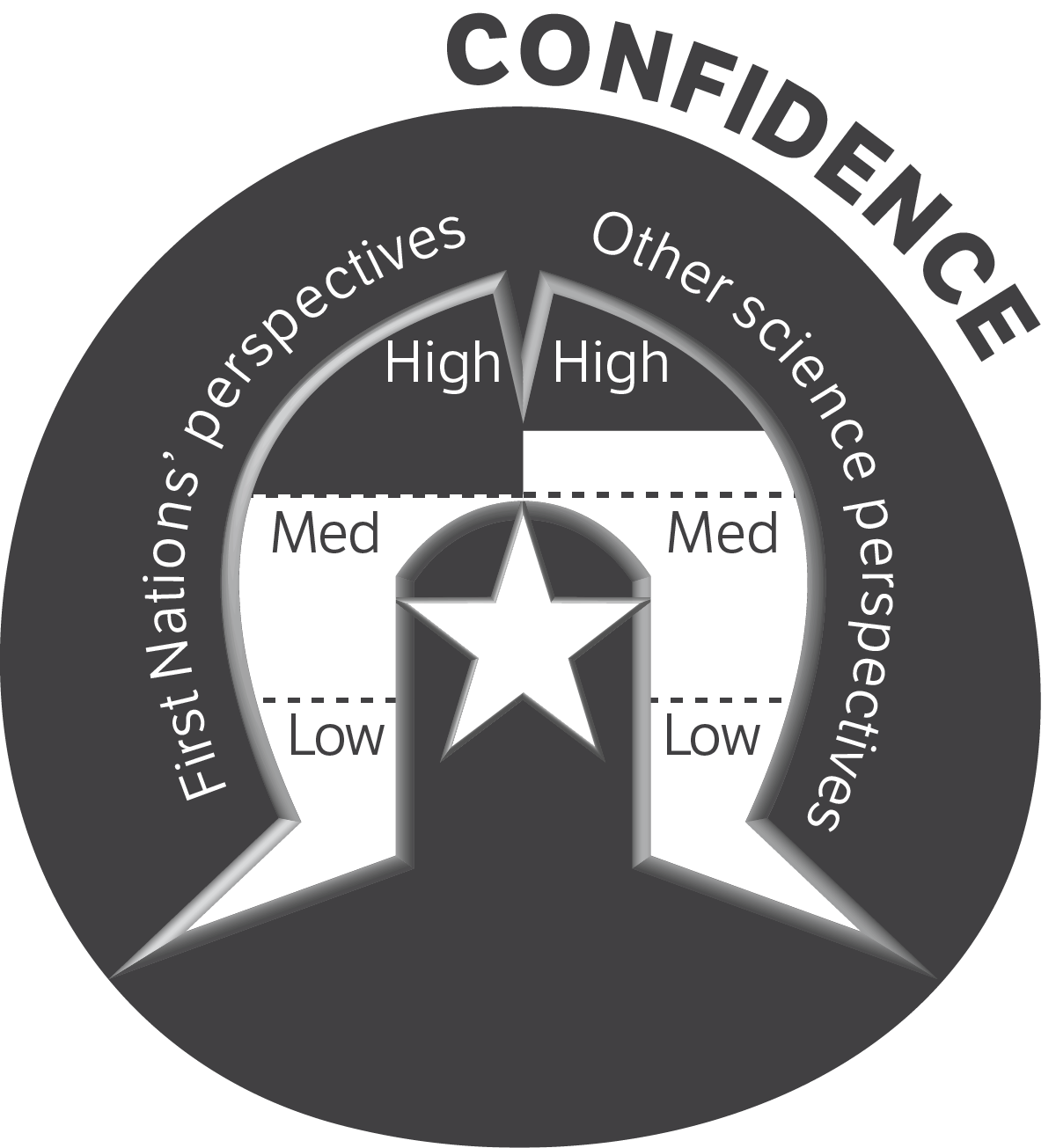
Baseline biocultural and ecological surveys have been completed on 43 islands since 2014. These
surveys have increasingly focused on integrating local TEK to inform and guide survey methods, with
the findings communicated back to Traditional Owners in a range of mediums. Surveys provide an
opportunity for Traditional Owners and rangers to lead and work alongside ecology specialists to identify
values, management issues and to develop solutions. These processes provide a baseline for ongoing
monitoring of landscape condition and health and are developing a network of monitoring stations across the region. Importantly Traditional Owners and rangers are continually building capacity to develop and drive the integration of TEK and western science and to deliver benefits for communities.
Revegetation programs underway on Yarpar, Warraber, and Poruma are addressing the impacts of coastal erosion and historic deforestation and are increasing community amenity and fauna habitat through shade tree plantings in and around communities.
A biosecurity plan for all inhabited islands was developed in 2018 to guide management of invasive species. Pest animal management programs are active for 11 islands and weed management is ongoing on many islands across the region. Feral horse and pig control is being implemented on Mua. The impacts of feral rats, feral pigs, and feral cats on target islands remain of significant concern. Monitoring is currently active as is the development and actioning of management solutions.
Three Indigenous Protected Areas (IPAs) incorporating 20 uninhabited islands have been established
and are managed to protect areas of high cultural and biodiversity significance. Protected areas under Queensland legislation occur on Booby, Possession and Erobac, and Raine Islands. Raine Island National Park (Scientific) is managed in partnerships with the Wuthathi and Kemer Kemer Meriam Traditional Owners.
The Bramble Cay melomys (Melomys rubicola) was declared extinct by the Australian Government in 2019 – the first extinction of a mammal species due to anthropogenic climate change – proof that species can be lost quickly and silently.
What could happen?
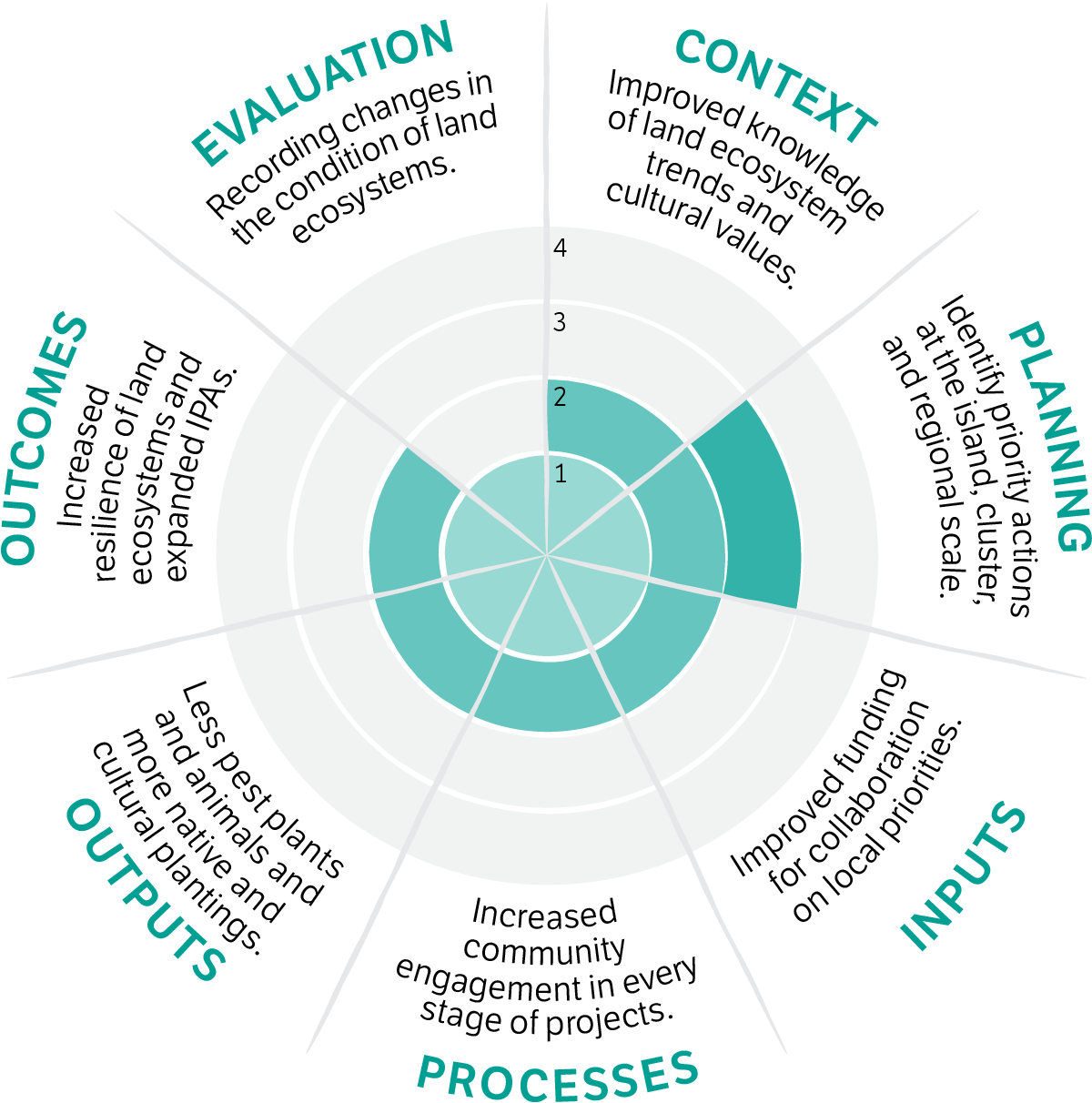
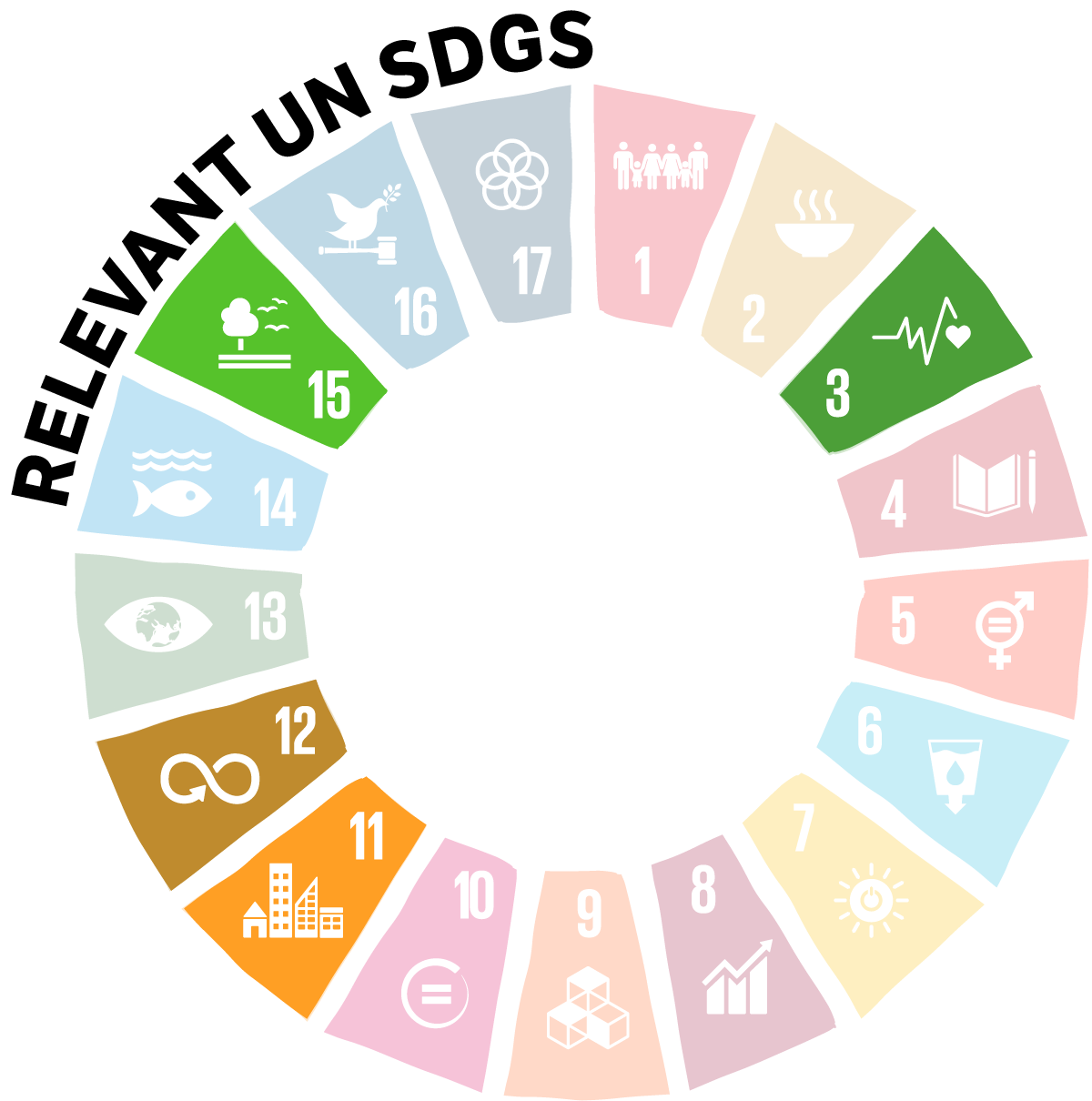
Australia’s northern border with Indonesia and PNG is recognised by health and biosecurity authorities as a potential route for the entry of exotic species and diseases into Australia. With community support and additional investment, many invasive species can be better controlled or even eradicated from the islands of Torres Strait.
Reassessment of fire regimes to reduce negative fire impacts on sensitive land ecosystems remains a priority. On some larger continental islands, reinstating traditional mosaic burning may be appropriate.
Increased capacity to regularly monitor and assess land ecosystem health would significantly enhance local community capacity to detect and respond to climate change and other impacts. Expansion of the Indigenous ranger program is required to ensure that land (and sea) ecosystem health is maintained and improved.
